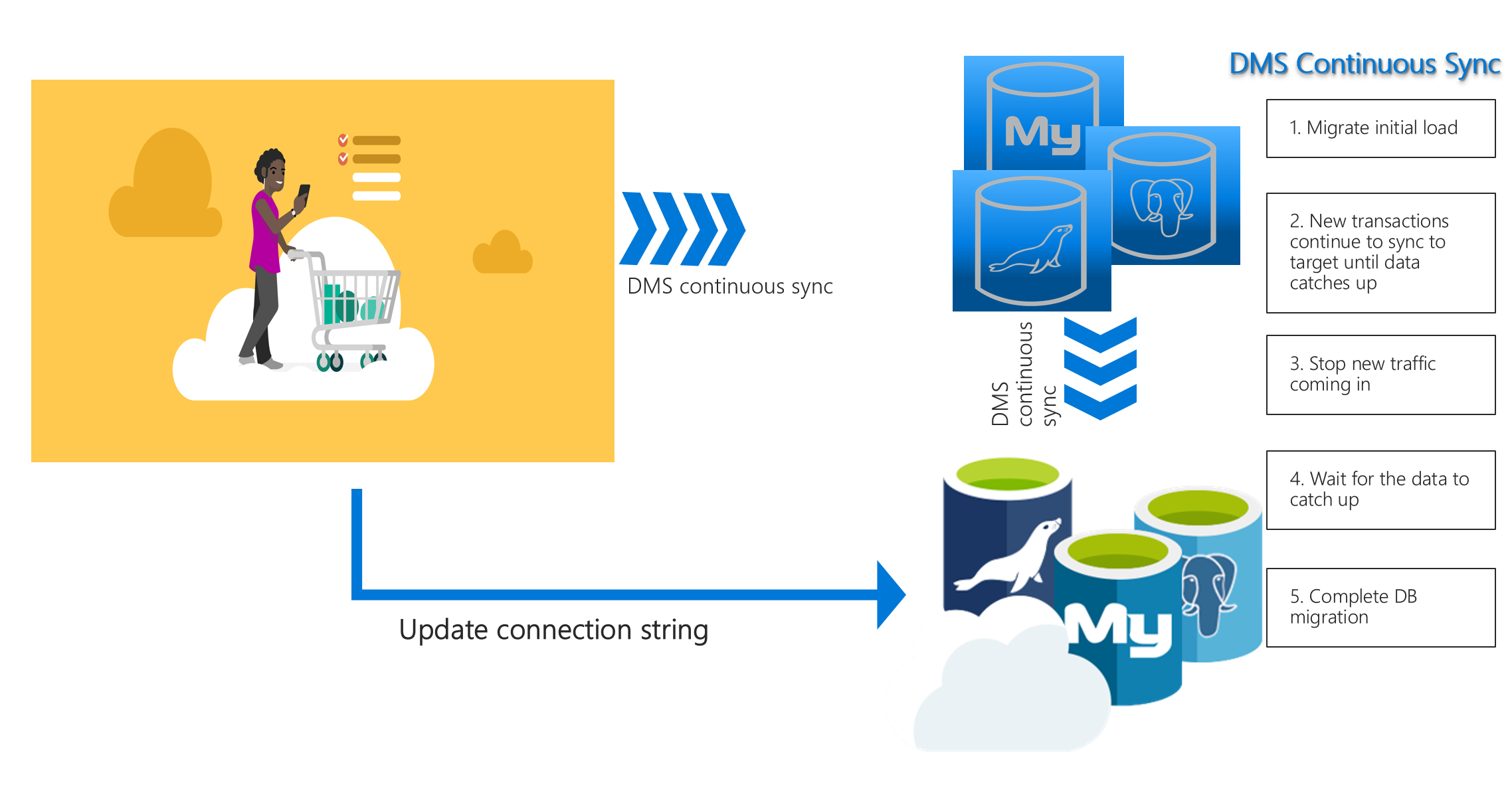Huge traditional and expensive desktop-based proprietary databases and much more cost effective systems have been prompted by corporations, government, and private agencies including educational institutions through exponential growth of Open Source & MySQL database management.
To take the benefits of alternative DBMS like MySQL, many organizations are training their specialists since the procedure of database migration remains a huge challenge. In making the transition from the traditional database system to MySQL a smooth affair, this article is aimed at providing great insight on it.
For less than 30 years MySQL has become extremely popular database management system all around the world with hundreds of millions of installations. Top-notch software, support, and allied services have been provided for high-end customers by offering them MySQL Enterprise, also with an ever-growing number of enterprise customers. MySQL offers enterprise certified software for its enterprise customers, monitoring of every MySQL services irrespective of its geographic location with 24×7 support, hot-fixes, and regular updates. IT companies like HP, Dell, Novell, and others have been attracted by their world-class service and have become resellers of MySQL Enterprise to their clients.
MySQL’s massive customer base include every big name such as Yahoo, Facebook, Google, Bank of America, Sage, Weather Channel, Amazon, Ticketmaster and many more in different industries are available for convincing those doubters who want references and validation that MySQL is a dependable system for high-end business solutions.
Database migration process involves the following simple and straightforward approach or steps
- Table definitions should be exported along with indexes & constraints inform of SQL statement from the source database.
- SQL statements should be converted into that of the destination format then imported to the targeted database.
- Source database should be exported into an intermediate storage C.S.V. (Comma Separated Values) files.
- The data as per the destination format should be transformed and then loaded directly to the target database.
- An original database in the form of SQL statements and code should be triggered by extracting the views, stored procedures or functions.
- The statements and code should be converted as per the destination format and loaded to the target database.
- The original database in the form of SQL statements and code should be triggered by extracting the views, stored procedures or functions.
- The statements and code should be converted as per the destination format and loaded to the target database.
MySQL Migration Toolkit has recommended another way of database migration. Any source database reverses engineered via the tool is converted automatically using a GUI tool to a MySQL counterpart, complete with other similar conversions and every datatype translations. In addition to having a clear view on to how MySQL specific designations, what storage engine to use and users have complete control over the objects that are being migrated.
These data formats are objectively supported y MySQL Migration Toolkit:
- MS Excel
- MS Access
- FoxPro/DBF
- IBM DB2
- Oracle
- Firebird
- SQLite
- MSSQL Server and
- PostgreSQL.




